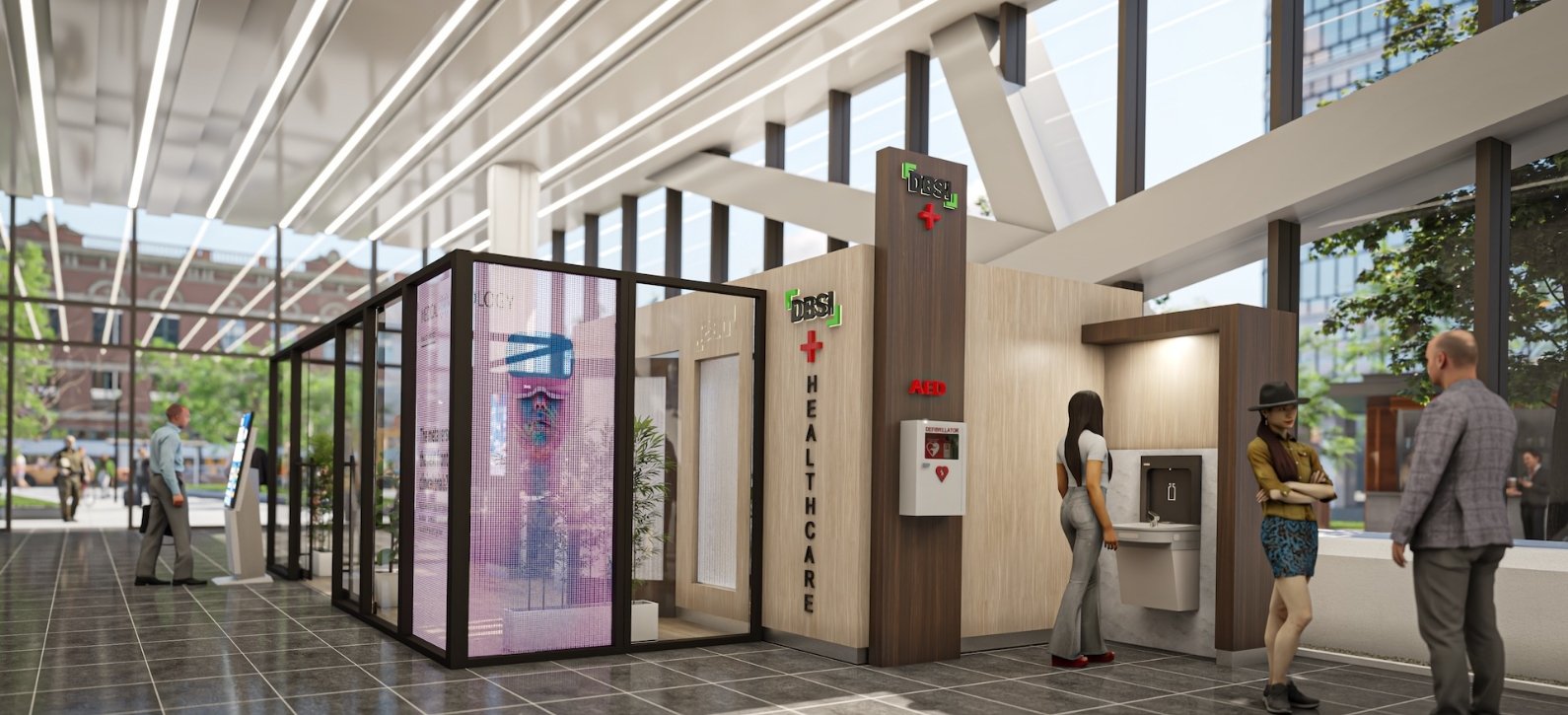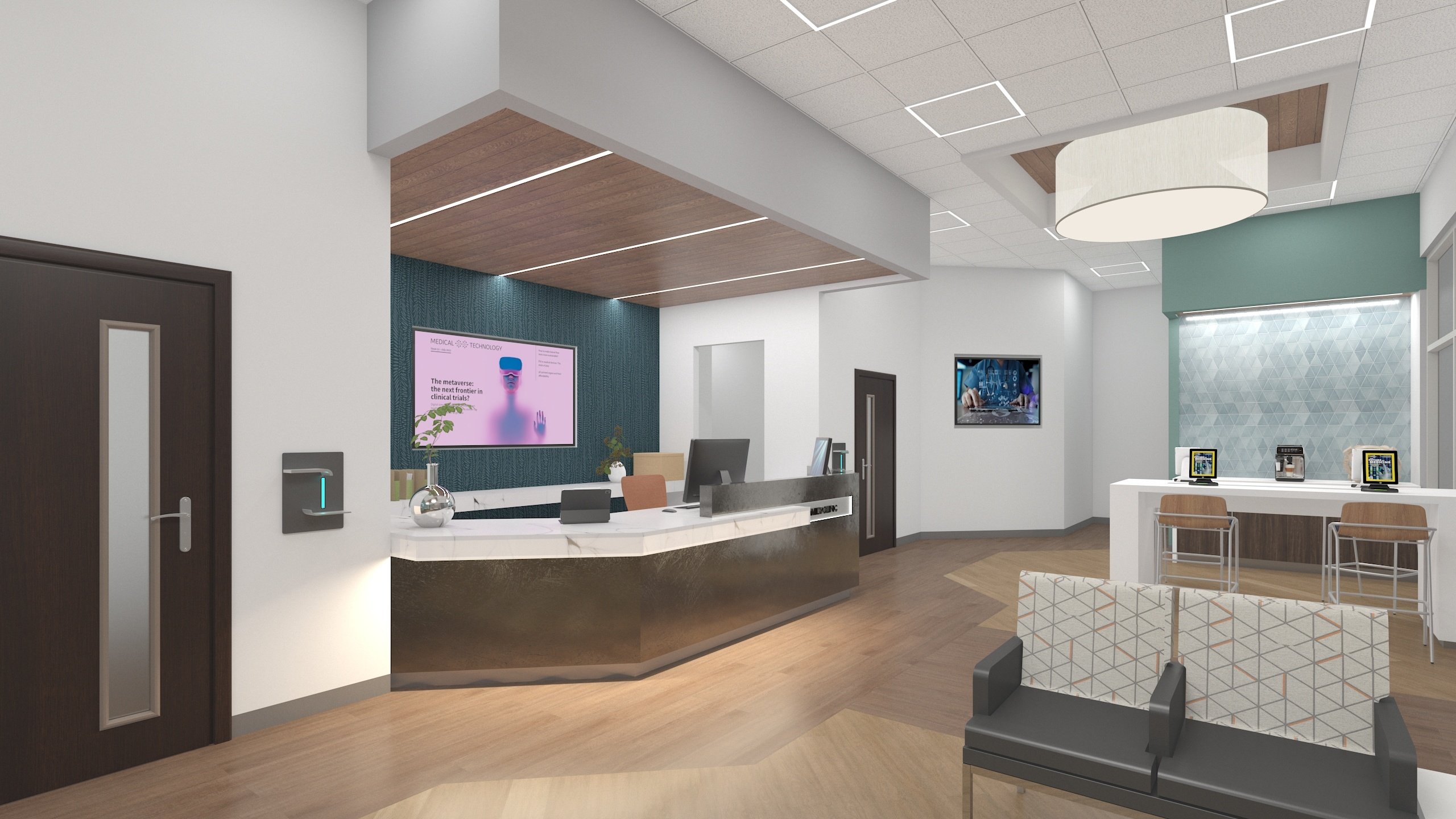

The Texas Ambulatory Surgical Center Society (TASCS) recently held its annual conference, bringing together top-tier providers, suppliers, and industry experts to discuss trends in Ambulatory Surgical Centers (ASCs).
As DBSI continues to expand our services into the healthcare sector, we were proud to sponsor this premier event.
As an attendee, I quickly noticed the energy in the room. ASCs are growing in popularity, and the amount of collaboration happening in this vertical of healthcare is inspiring.
By attending various compelling sessions and engaging in meaningful one-on-one conversations, several emerging themes on the future of ASC physical spaces became apparent. ASCs are evolving rapidly to meet the demands of modern healthcare.
Here are the top five trends shaping their design:
1. Patient-Centered Design
The shift towards a more patient-centered approach emphasizes comfort and convenience. Modern ASCs are incorporating elements like natural lighting, soothing color palettes, and comfortable waiting areas. Private patient rooms and streamlined check-in processes enhance the overall experience, reducing stress and improving outcomes.
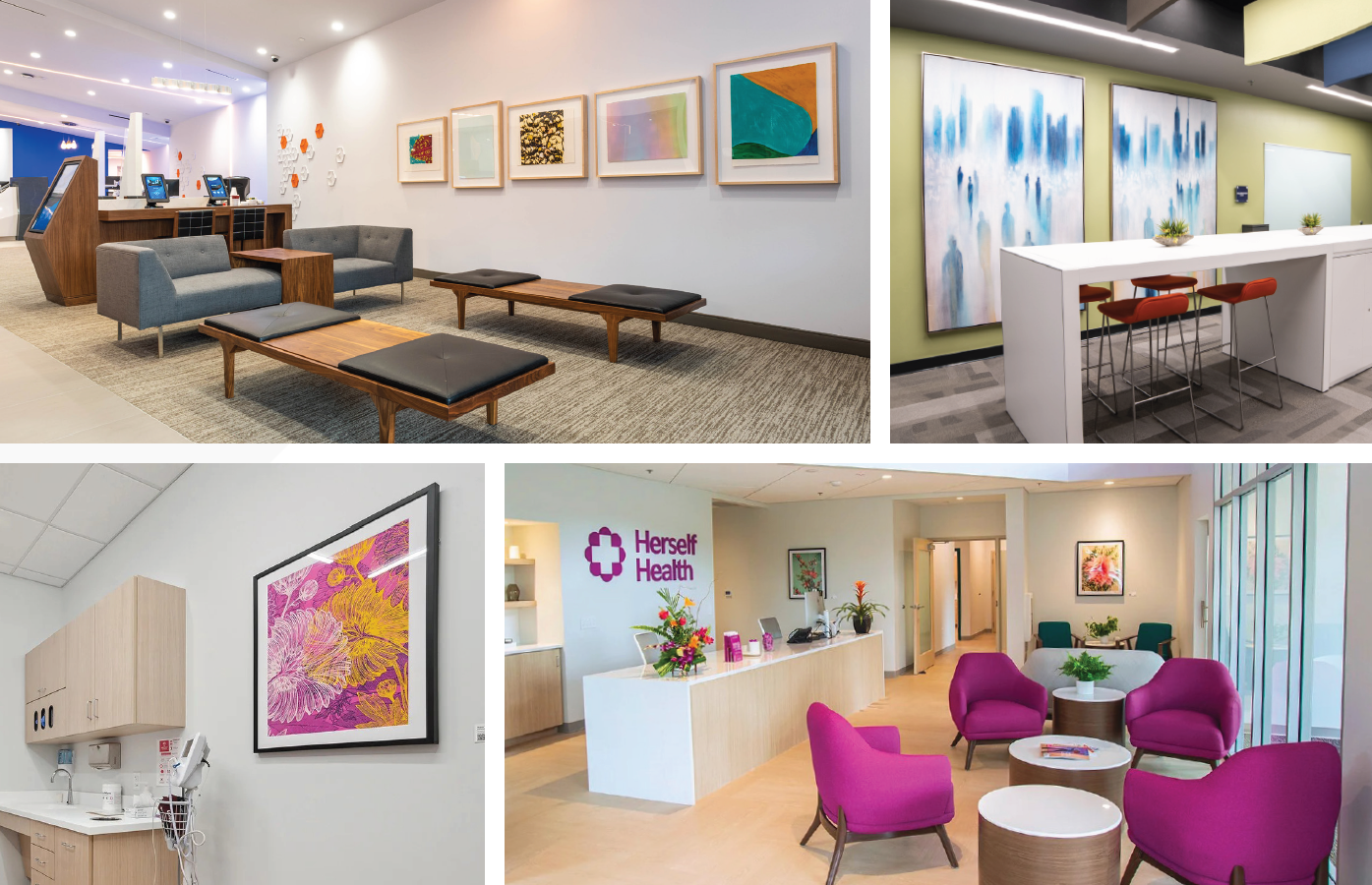
2. Technology Integration
As technology advances, so does its role in ASCs. Cutting-edge surgical equipment, electronic health records (EHR) systems, and advanced imaging technologies are becoming standard. Design now includes smart room features and integrated technology to facilitate seamless data transfer and improve operational efficiency. A collaborative relationship between DBSI and your equipment providers is key towards streamlining this integration.
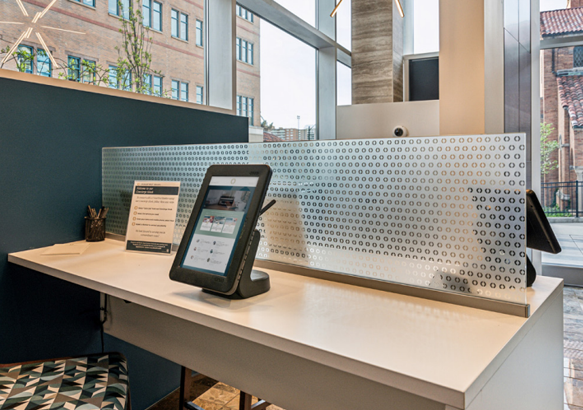
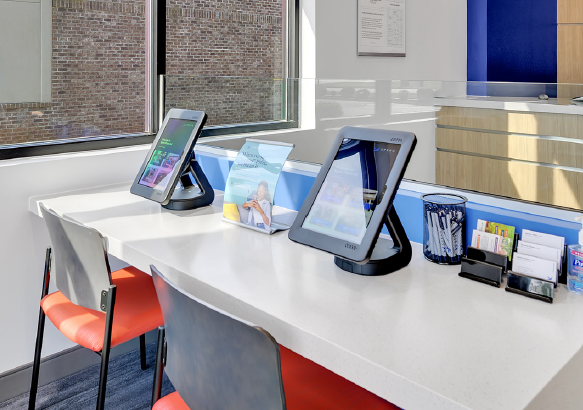
3. Sustainability & Green Design
Environmental considerations are becoming crucial in ASC design. Facilities are increasingly adopting sustainable practices such as energy-efficient lighting, water-saving fixtures, and eco-friendly materials. Green roofs and improved waste management systems reflect a commitment to both patient health and environmental responsibility.
4. Enhanced Infection Control
Infection prevention remains a top priority. Advanced HVAC systems, antimicrobial surfaces, and improved design layouts that minimize cross-contamination are now standard. Enhanced sterilization procedures and design features that facilitate easy cleaning help ensure a safe environment for both patients and staff.
5. Modular & Flexible Spaces
Flexibility is key in modern ASC design. Modular spaces that can be easily reconfigured are becoming popular to accommodate changing needs and specialties. This approach maximizes space utilization and allows ASCs to adapt quickly to new technologies and treatment methods. Many of DBSI’s in-house architects are certified in healthcare design and are intimately familiar with these needs.
.png?width=400&height=339&name=Picture3%20(1).png)
Follow EJ on LinkedIn and our DBSI Healthcare Division Page to stay up-to-date on industry insights. Explore photos from this year's TASCS Conference!

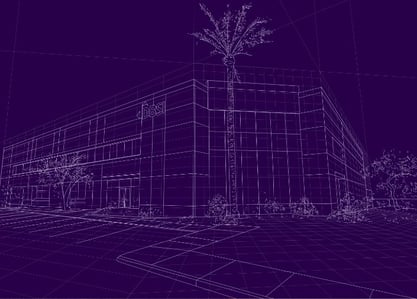












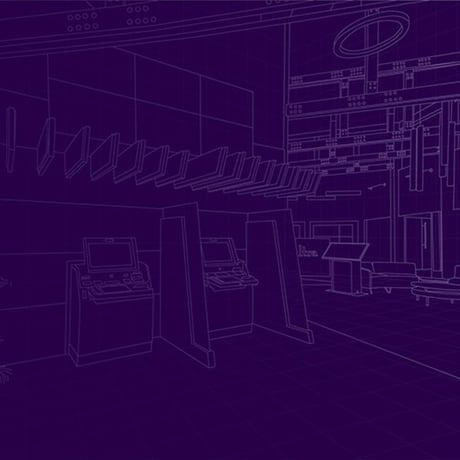
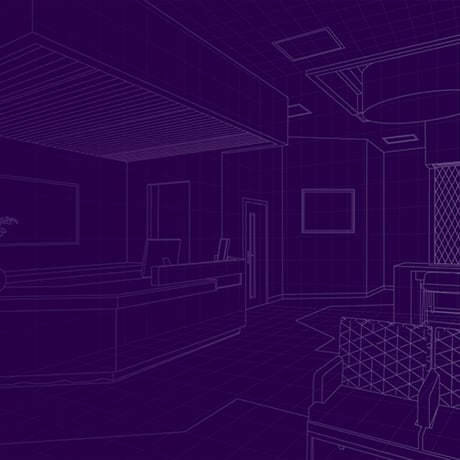

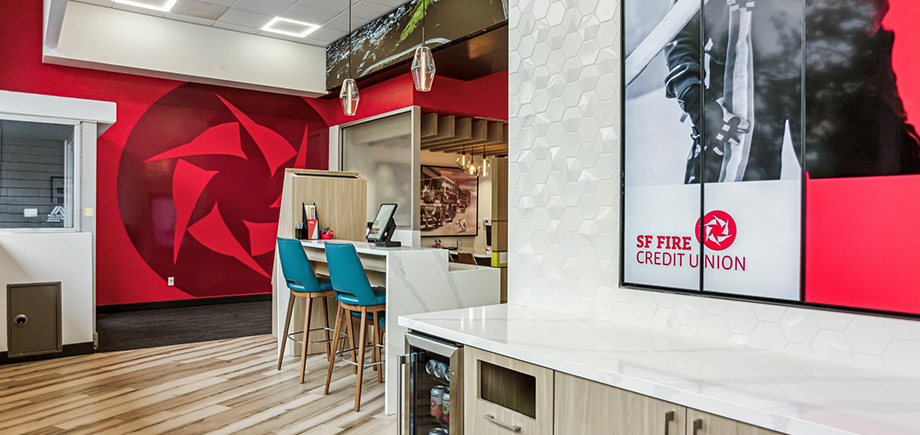
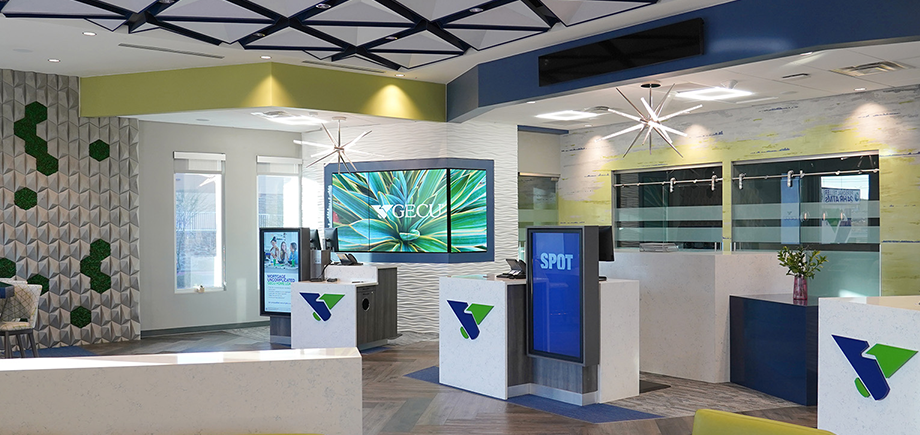





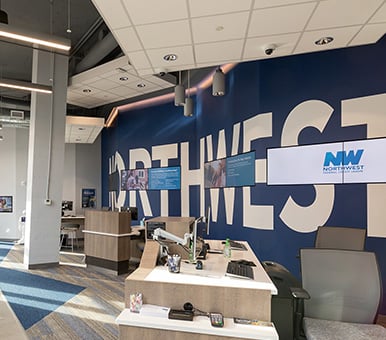
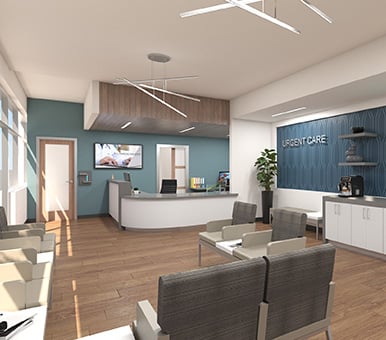









 EJ Kritz
EJ Kritz

